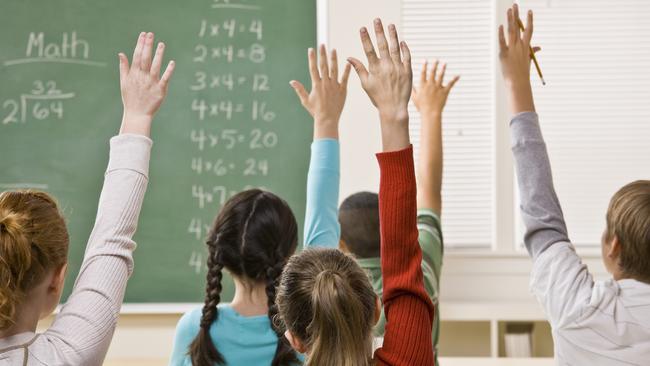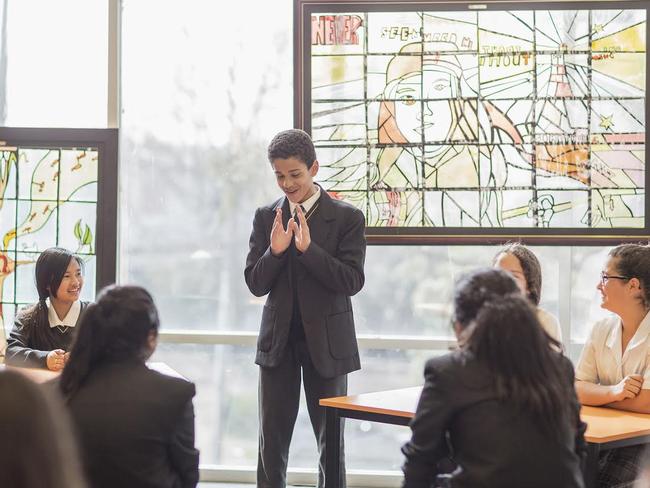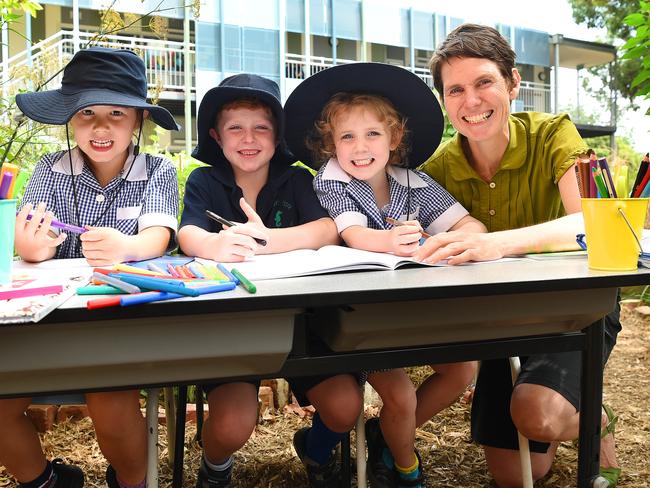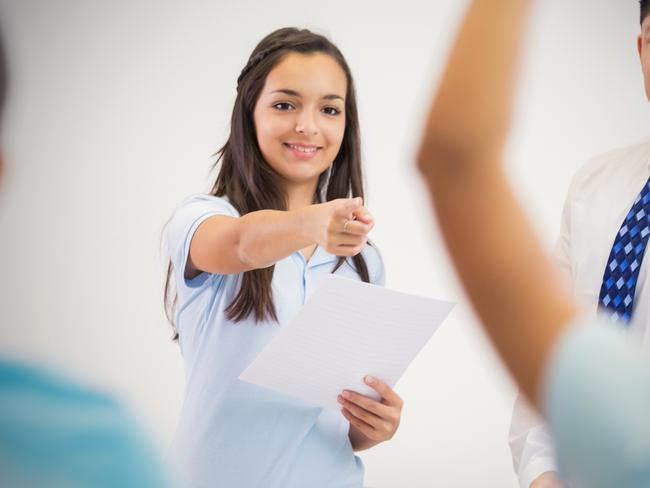NSW schools don’t allow students much say in learning
STUDENTS are the biggest part of the school community but have the least say when it comes to learning. Here’s why that approach doesn’t work.

Central Sydney
Don't miss out on the headlines from Central Sydney. Followed categories will be added to My News.
- 3 questions parents always ask at a school open day
- Do school unifiorms even matter
- The dire impact of wagging school
- Which schools are better - single sex or co-ed?
THE purpose of democratic elections is to enable citizens to have their say in determining how the nation is governed.
Unfortunately, the process of schooling has been a bit less democratic; not every voice has always counted.
Originally, schools were designed with adults in mind so the focus has always been on the teacher as the authority when it comes to learning. Students were largely viewed as empty vessels to be filled up with knowledge so a good classroom was a quiet one.

Unfortunately, within many school settings, there is still the view that students should be seen and not heard. It’s ironic because students make up the largest population within a school community.
Over the past decade, we’ve come to realise that student voice is an important component of learning. Listening and responding to students’ experiences not only develops trust within the classroom but it provides teachers with powerful feedback on the effectiveness of their teaching practice and strategies.
When students are active participants in the learning process they feel more motivated and empowered to learn. Other sectors such as healthcare realised long ago that feedback from patients was critical to ensure they were providing the quality of service expected.

In my experience, when students are given regular opportunities to contribute to the conversations on learning and teaching, they take the role seriously and provide constructive feedback for teachers.
Last year, we extended the concept of student voice by inviting senior students to be part of the interview panels for principals of our new schools. The feedback was extremely positive.
Experiences such as these not only build students’ self-confidence but they represent a new ideal for schooling in which students and teachers work together towards a common goal.
Just as the best nations are those that allow all people to be heard, the best schools are the ones that ensure students get a voice in all aspects of learning and teaching.

ON THE LIGHTER SIDE


